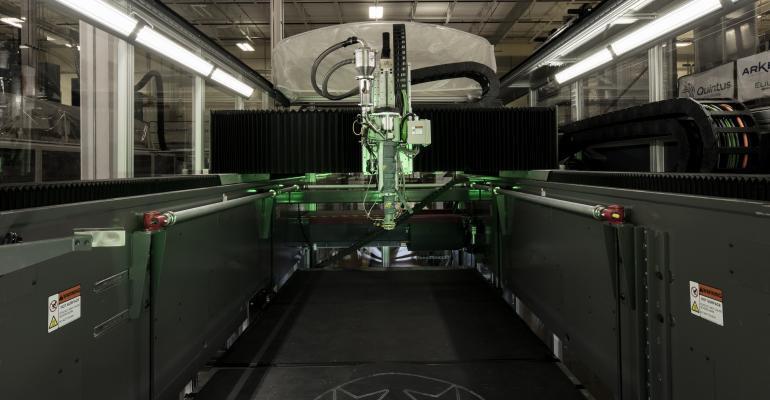TRAVERSE CITY, MI – It likely will take time, but 3-D printing applied both to cars and automotive tooling promise major advantages in time and cost savings, Lonnie Love, corporate fellow and group leader at the Oak Ridge National Laboratory, says at the Center for Automotive Research’s Management Briefing Seminars.
Love tells WardsAuto after his address that lead times eventually could be sharply reduced by utilizing the technology. A model refresh today typically takes two years and costs $200 million, while developing an entirely new model can take up to five years at a cost of $600 million.
Both of these could be slashed “by an order of magnitude,” he says, or down to 10% of current levels.
The 3-D printing process already can be applied to tooling for polymer, low-volume vehicle production, Love says. Oak Ridge now is embarking on applying the technology to steel, but faces obstacles on several levels, importantly including crashworthiness.
In a Q&A session, Love was asked how he can be reached. “Just call me,” he quipped. “We have thousands of companies coming through our doors every year.”
Oak Ridge comes under the U.S. Department of Energy. Love and his group are happy to meet with automotive engineers, but if the laboratory takes on a project, “Nothing is free; you have to match every $1 put up by the DOE.”
When projects are completed Oak Ridge publishes key results, but some information remains proprietary. “If you don’t want anyone to know how you got the information, you can always pay by the drink,” he says tongue in cheek.
Oak Ridge has embarked on a series of “little moon shots,” he says, noting one 3-D exercise resulted in a drivable vehicle within four days. The printing alone took 44 hours, he adds. “We can do things in days instead of weeks and months.”





